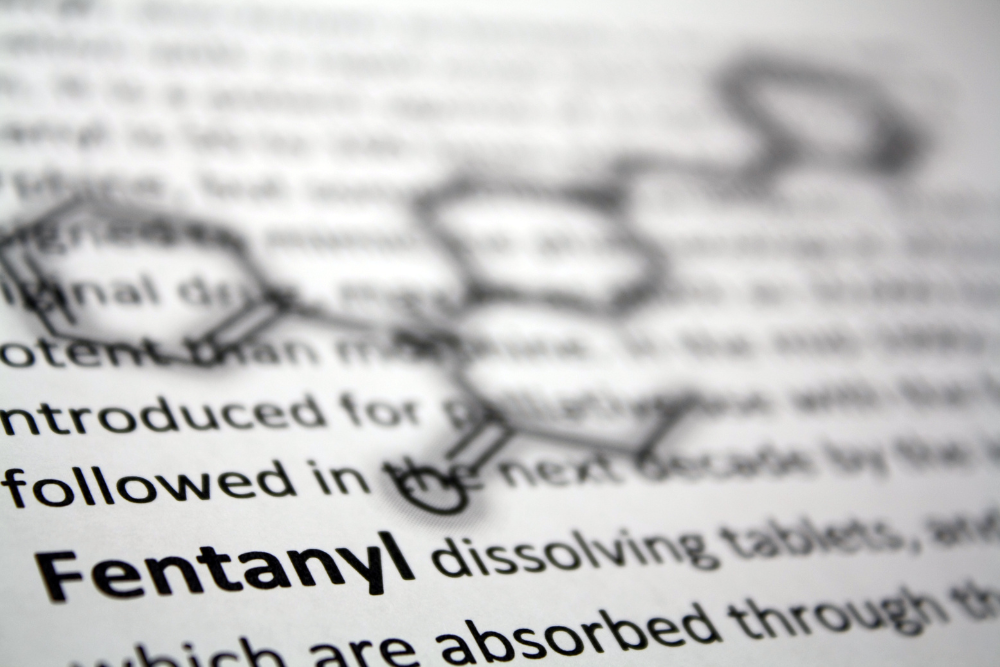
Fentanyl Facts to Keep In Mind
Legacy Healing Center Blog
Since the rise of the war on drugs initiatives around the United States throughout the late 20th century, numerous state governments have sought to address the ever-evolving world of illicit drug use. Addiction, abuse, and overdose are common themes in the lives of countless Americans, with the use of a certain drug gripping news outlets, law enforcement, and healthcare professionals by their coattails. Fentanyl is a powerful synthetic opioid that has ravaged the lives of drug users around the country, contributing to a disastrous level of overdose deaths in recent years. Legacy Healing Center is going over crucial fentanyl facts to keep in mind.
Facts About Fentanyl
Fentanyl is a synthetic opioid that is infamous for its risk of addiction and overdose, being that it is 50 times stronger than heroin and 100 times stronger than morphine.1 In medical settings, it is prescribed to manage severe pain, particularly in cases of advanced-stage cancer or after surgery. Unfortunately, its presence has extended to more than just doctor’s offices and hospitals.
This substance works by binding to the opioid receptors in the brain, which are mainly responsible for controlling a person’s emotions and sensations of pain. Abusing fentanyl is likely to increase the user’s tolerance, which means that they will need more of a drug to experience the same desired effects. Overall, sensitivity in the brain is also reduced, which makes it much harder to experience pleasure without the presence of fentanyl.
What Does Fentanyl Look Like?
What fentanyl looks like will depend on how and where it was produced. Pharmaceutical fentanyl takes the form of a fine white powder, while its illicitly produced counterparts may appear more off-white, gray, or tan in color. What is especially crucial to keep in mind is that the prevalence of illicit substances being laced with fentanyl makes it almost impossible to detect its presence in these cases. It is also illegally produced as a clear liquid that can be added to eye drops, candy, nasal sprays, and dissolvable paper.
Why Is Fentanyl So Dangerous?
The reason fentanyl is so dangerous is due to the high potential for addiction, overdose, and death that is associated with fentanyl use. What makes this even scarier is the fact that many dealers have opted to lace their supplies of other drugs with traces of fentanyl. This is thought to be done for a number of reasons, including to heighten the potential for addiction. The more a person is addicted to a substance, the more money they will bring in for the person selling it. It adds an extra level of control and manipulation that many illicit drug users find themselves vulnerable to.
Some dealers will produce fentanyl pills that take the form of other substances, such as stimulants, ecstasy, and benzos. This makes buying any kind of illegal drug that much more dangerous. As a method of harm reduction, some states have opted to issue fentanyl test strips that may detect the presence of the substance in a person’s stash. Although not a foolproof solution, it still serves to reduce the number of fentanyl overdose deaths around the country.
Signs of Fentanyl Overdose
There are symptoms you can look out for that may signal an active overdose of fentanyl.
Fentanyl overdose signs include:
- Tiny “pinpoint” pupils
- Loss of consciousness
- Discolored lips and nails
- Gurgling sounds
- Weak or slowed breathing
Being able to identify these symptoms can quite literally mean the difference between life and death. If you fear that a person is overdosing, call 911. If available, administer a dose of naloxone, which is a life-saving drug that will reverse an opioid overdose.
Getting help for opioid addiction is crucial to a person’s recovery. As devastating and traumatic as an overdose can be, it may not always be enough to deter a person from abusing the substance again. It is also why Legacy Healing offers fentanyl addiction recovery programs that can comprehensively address all facets of a patient’s unique circumstances and how they may have led to the dependency in question.
Patients in the midst of active addiction are also encouraged to utilize opioid withdrawal treatment with our Legacy detox centers. Here, they will be able to have any symptoms managed by medical professionals, who will ensure their experience is made as safe and comfortable as possible. Patients will also have the opportunity to participate in a number of our effective therapies, such as hypnotherapy. This method is known to help patients unlock repressed memories that could be contributing to their addiction.
To learn more about treatment options and Legacy Healing Center locations, call our team of intake specialists at 888-534-2295.
Source
- DEA – Fentanyl
Related Reading